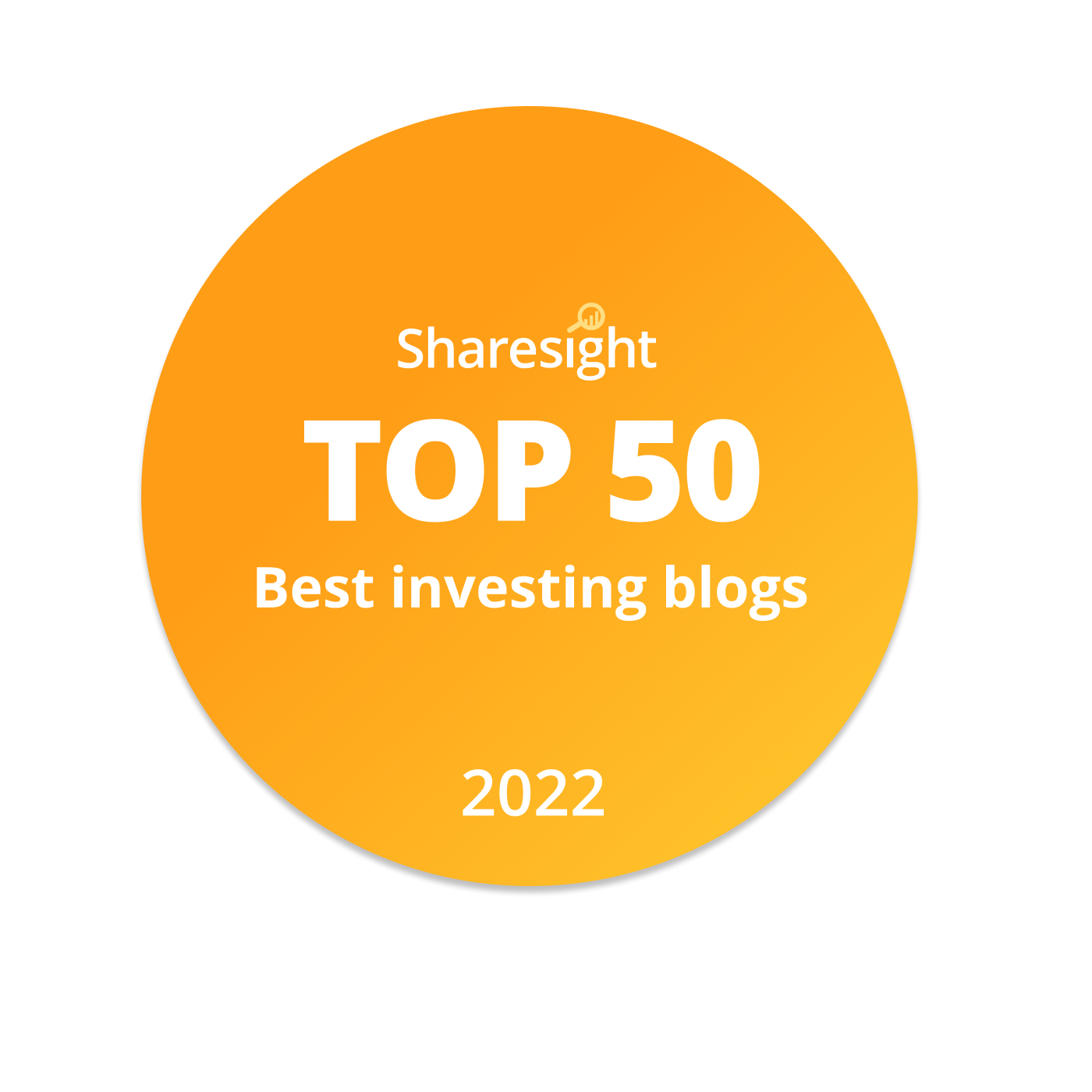
As investments go, Direct Line has been a mixed bag. The shares initially fell more than 50% shortly after I'd bought them, and then rebounded by about 100% following a recent takeover offer from Aviva.
This rollercoaster ride began in January 2022, when I first added Direct Line to the UK Dividend Stocks Portfolio (and my personal portfolio). A big part of the attraction was the stock’s 8% dividend yield, but there was more to it than that.
A brief history of Direct Line’s past
Direct Line is a classic case of first-mover advantage. It was the UK’s first direct insurer, offering car insurance directly to consumers rather than through the traditional broker route. This gave it a cost advantage and a direct relationship with customers, and for a long time that was enough to drive an awful lot of growth.
One important aspect of Direct Line is that it was a subsidiary of the Royal Bank of Scotland (RBS) for many years. In the 2000s, RBS was run by Fred “The Shred” Goodwin, an infamously aggressive acquirer of other businesses.
During that time, RBS acquired Churchill and merged it with Direct Line in a process that insiders described as “pretty brutal”. Quite understandably, a significant number of key people jumped ship, with knock-on consequences when the pandemic arrived many years later.
During the 2008-9 global financial crisis, RBS blew up, was rescued by the government and (as part of the deal) had to spin off its insurance business. This spin-off became Direct Line Insurance Group and it included four core brands: Direct Line, Churchill, Green Flag (breakdown recovery) and NIG (commercial insurance sold through brokers).
The spin-off process had a fixed deadline, so it was a rushed affair. Because of that, Direct Line began life as an independent company in the early 2010s with technology that was far behind its major rivals. The process of replacing that technology with something more competitive began around 2015 and, incredibly, it is just about drawing to a close today.
In many ways, the last 15 years have been a prolonged period where Direct Line has tried to turn itself from an RBS subsidiary into a seriously competitive insurance business, and that process still has some way to go.
Why I invested in Direct Line
When I added Direct Line to the portfolio in early 2022, its share price had already fallen 25% to £2.90 and its dividend yield was close to 8%. With the benefit of hindsight, that yield may have affected my judgement as the company’s track record certainly wasn’t up to my usual standards.
In a nutshell, I like to invest in successful businesses with long track records of steady and sustainable dividend growth, powered by durable competitive advantages, a strong balance sheet, conservative management and ample opportunities for future growth.
Direct Line fell at the first hurdle because it didn’t have a long track record of steady and sustainable growth.

Data from ShareScope
If you're interested, you can read the full purchase review here:
The chart above shows Direct Line’s results to 2020 (the latest annual results at the time of purchase) and they weren't particularly impressive.
The main problem was the lack of asset growth. Assets for insurers are mostly made up of premiums reserved to cover the cost of future claims. If assets are declining, the company is insuring less risk, and that is no way to grow an insurance business.
To be fair to Direct Line, it was deliberately shrinking because it was offloading its non-core international business. It was also exiting low-margin “white label” insurance sold through banks and supermarkets, which had long been a key part of its business model.
Underneath these lacklustre headline figures, the company was slowly transforming its core business. That core business had, and still has, some enduring competitive advantages, primarily the strength of the Direct Line, Churchill and Green Flag brands, and the vertically integrated nature of its business. In other words, Direct Line can insure your car, Green Flag can rescue you if you break down and your car can then be repaired in one of Direct Line’s repair centres, where it has the largest network of any UK insurer.
Although I do think Direct Line has the makings of a high-quality business, in 2022 it was still in the throes of its post-RBS turnaround. Critically, it lacked the institutional fortitude to robustly manage the double-digit inflation that was about to hit general insurers like a wrecking ball.
Sky-high inflation is an insurer’s worst nightmare
In the initial phase of the pandemic, motor insurers did well. Everyone had to stay at home, so they couldn’t drive, so crashes and claims fell through the floor. But those happy days didn’t last long.
When I added Direct Line to the portfolio in 2022, inflation was running at a seemingly high 5%, but within a few months, it was into double-digit territory. This was a catastrophe for home and motor insurers. The problem is that premiums are charged up-front and the amount is based on the insurer’s assumptions about the future cost of claims. In 2022 and 2023, claim insurance was running at 10%, 20%, 30% and more, and the premiums they’d charged were woefully inadequate.
Direct Line failed to raise its premiums quickly enough, so it wrote millions of policies that turned out to be loss-making. By early 2023, the dividend had to be suspended and the CEO was gone. By mid-2023, the shares were down to £1.35 and Direct Line’s future was looking bleak.
If the fundamentals remain in place, I remain invested
At this point, it would have been entirely reasonable to chalk up Direct Line as a failed investment caused by the yield-induced purchase of a mediocre turnaround.
But I didn’t sell, because if there’s one thing I’ve learned as an investor, it’s the futility of panic-selling when everything is going to hell in a handbasket. Instead of selling, I reviewed the situation and published a summary in my monthly newsletter:
The short version is that I mostly blamed management and I mostly felt that Direct Line was a fundamentally good business in need of a CEO who knew what they were doing.
The company had to find about £500 million to repair its balance sheet, and I felt that could be achieved by suspending the dividend for a couple of years. So, I had a choice: (1) Sell the shares at the extremely depressed price of £1.35, or thereabouts, or (2) wait a couple of years for the dividend to return, which would almost certainly boost the share price.
A bit of number crunching suggested that option 2 made the most sense, so I held firm.
A quick turnaround and a takeover bid fuel dramatic share price gains
The old CEO was temporarily replaced by a career insider and, in my opinion, he did a good job of steadying the ship.
His rabbit-out-of-the-hat moment came when he announced the sale of NIG, Direct Line’s commercial broker-based insurance business, for around £500 million in late 2023. In one fell swoop, the £500 million “black hole” was filled and, best of all, it was filled by selling a non-core business that was due to be sold at some point anyway.
With the balance sheet repaired sooner than expected, Direct Line was ready for a new CEO and a turnaround strategy. On both fronts, things have worked out quite well.
The new CEO (and also the new CFO) was poached from Aviva and his plan to turn Direct Line around is simple and sensible:
- Better people: Poach top talent from across the industry to repair the damage done by the talent exodus that occurred when RBS smashed Direct Line and Churchill together in the 2000s
- Better technology: Get the long-running technology improvement project over the finishing line and use it to lower costs and raise insurance margins
- Fish where the fish are: Move the Direct Line brand onto price comparison websites as that’s where almost everyone buys insurance
- Focus and diversify: Focus by exiting pet, travel and white-label insurance, and diversify by growing home insurance, commercial direct insurance and rescue (Green Flag)
For a bit more detail on this strategy, here's a review I penned when it was first announced:
In short, I like what the new CEO is doing, and I’m not the only one.
Although the turnaround strategy is still in its infancy, it has been going well and some of Direct Line’s competitors appear worried.
For example, in February 2024, Ageas offered to buy Direct Line for the equivalent of £2.33 per share, which it then upped to £2.37. Both offers were rejected.
In November, Aviva offered to buy Direct Line for £2.50 per share, which was also rejected. Aviva then offered £2.75 per share, and the board has suggested that shareholders should accept this offer.
In my opinion, £2.75 per share still somewhat undervalues the business. My current fair value estimate is £3.10, so the offer price represents an 11% discount to my estimate of fair value. However, Direct Line is a lower-quality company than I usually like to invest in, so if I can exit this investment within a few percent of fair value then that’s fine by me.
More importantly, this is a good example of why it’s usually such a bad idea to sell when everything is at its bleakest. Back in 2023, when the dividend was suspended and there was a £500 million black hole in Direct Line's balance sheet, the shares were trading as low as £1.35. But now, there is a realistic chance that shareholders will get £2.75 per share, and that's a more than 100% gain in about 18 months, which isn’t bad going.
As with all takeovers, the deal isn’t done until shareholders get their vote and somebody signs on the dotted line, and that’s expected to happen somewhere in 2025.
Until then, I’m happy to sit and wait, but if the share price moves closer to that £2.75 level (it’s currently sitting at £2.49) I may sell up sooner rather than later. I’d have to take a small loss on the chin (I bought in at £2.90), but at least I’ll be able to reinvest the proceeds into something that more closely matches my remit of investing in high-quality progressive dividend stocks.
The UK Dividend Stocks Newsletter
Helping UK investors build high-yield portfolios of quality dividend stocks since 2011:
- ✔ Follow along with the UK Dividend Stocks Portfolio
- ✔ Read detailed reviews of buy and sell decisions
- ✔ Quarterly, interim and annual updates for all holdings
- ✔ Quality Dividend Watchlist and Stock Screen
Subscribe now and start your 30-DAY FREE TRIAL
UK Dividend Stocks Blog & FREE Checklist
Get future blog posts in (at most) one email per week and download a FREE dividend investing checklist:
- ✔ Detailed reviews of UK dividend stocks
- ✔ Updates on the UK Dividend Stocks Portfolio
- ✔ UK stock market valuations
- ✔ Dividend investing strategy tips and more
- ✔ FREE 20+ page Company Review Checklist
No spam. Unsubscribe anytime.





